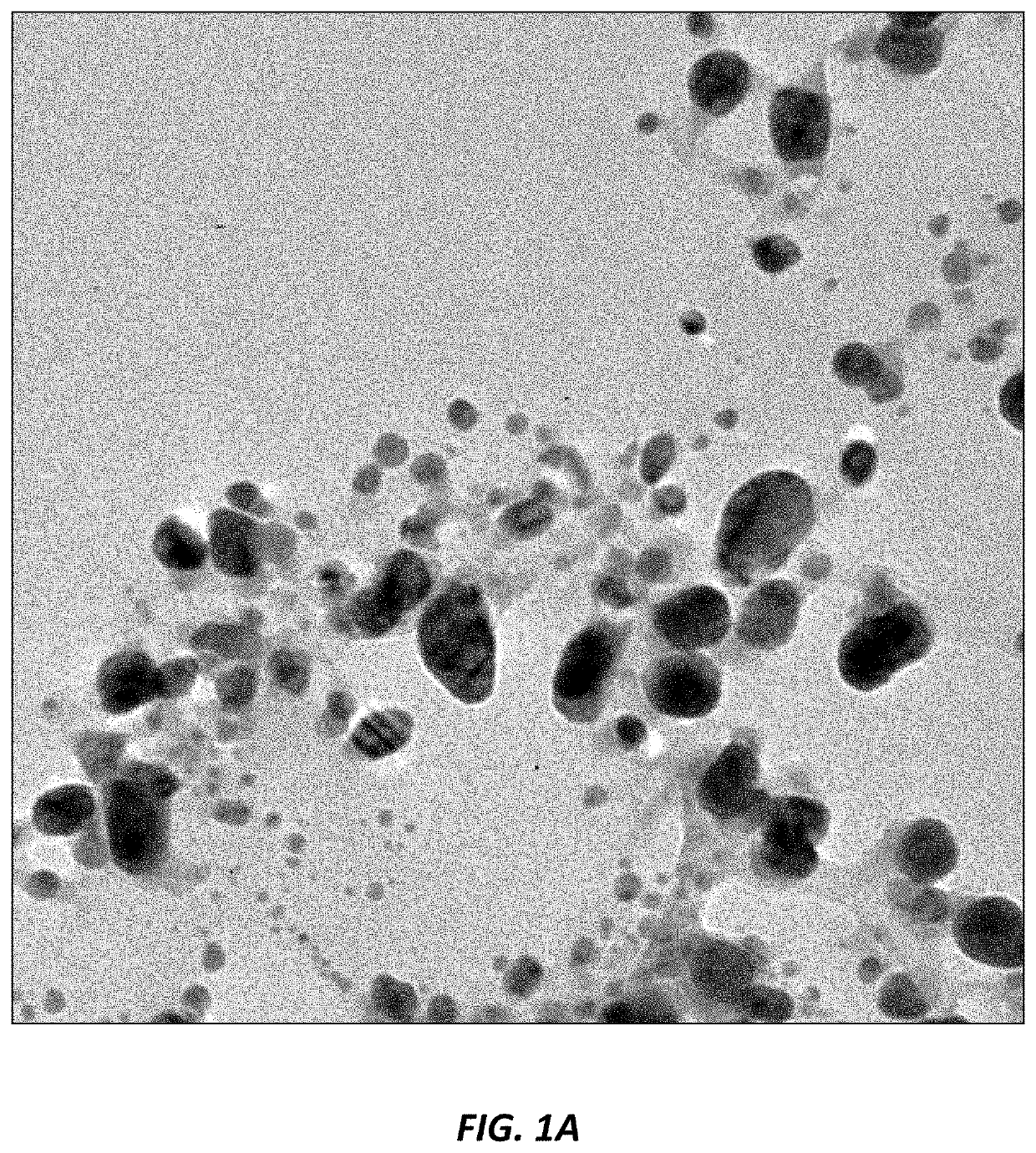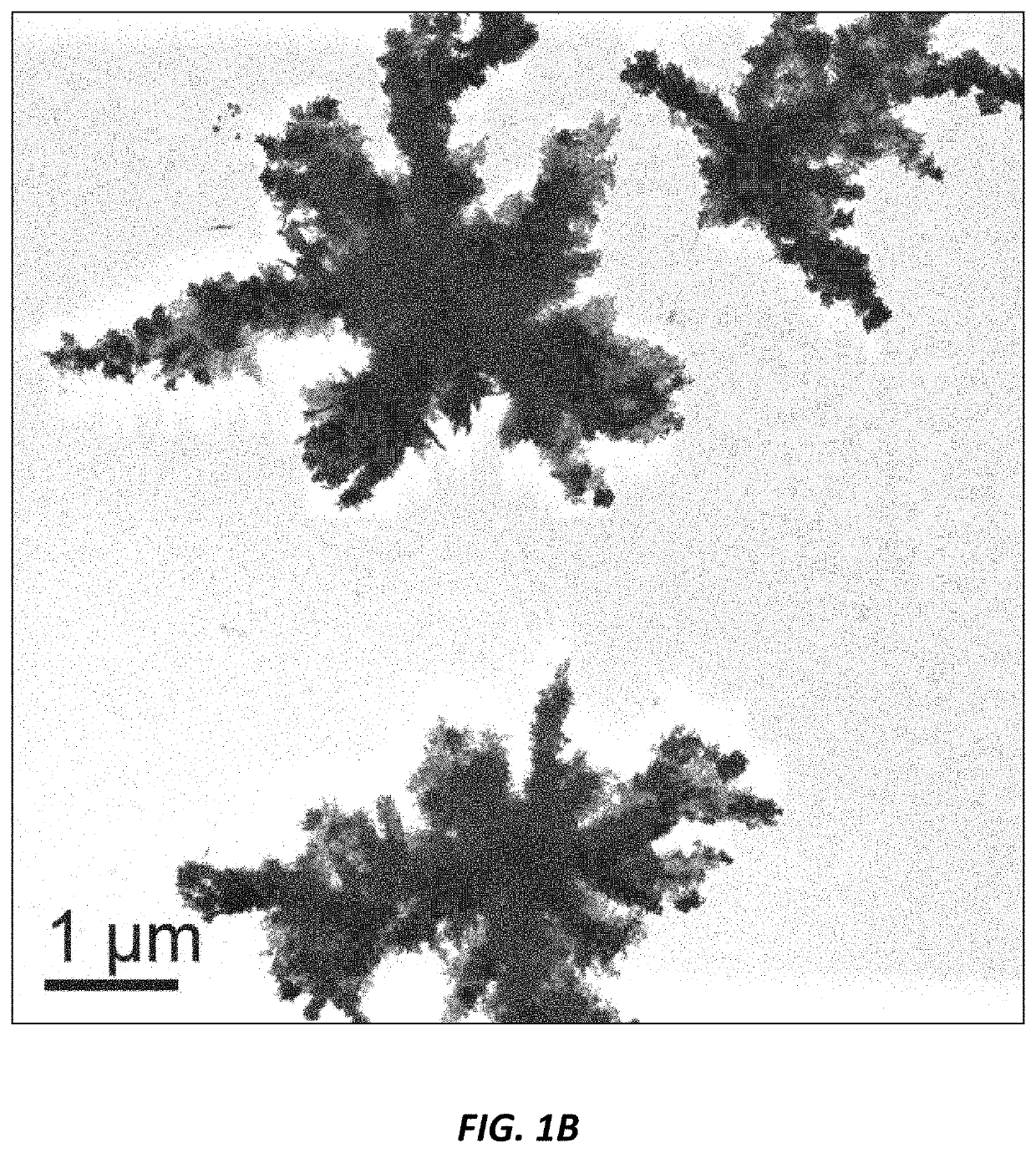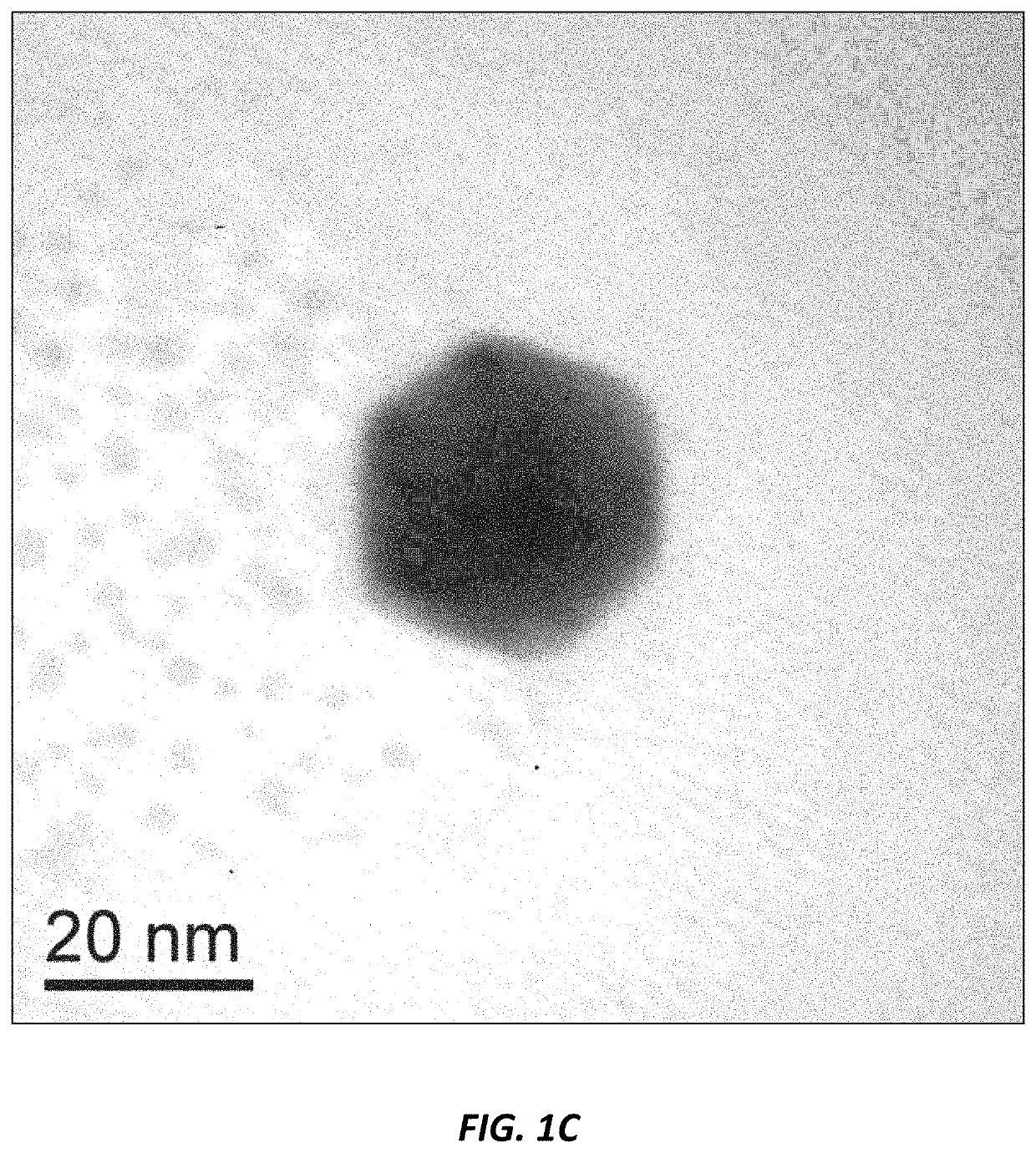Use of nanoparticles for treating respiratory infections associated with cystic fibrosis
a technology of cystic fibrosis and nanoparticles, which is applied in the direction of drug compositions, microcapsules, dispersed delivery, etc., can solve the problems of difficult to properly clear, frequent and/or chronic respiratory infections, and difficult to treat infections, and achieve the effect of treating the opposite
- Summary
- Abstract
- Description
- Claims
- Application Information
AI Technical Summary
Benefits of technology
Problems solved by technology
Method used
Image
Examples
example 1
[0054]Testing measured the transepithelial electrical resistance (TER) of a nanoparticle composition applied to the apical surface of cystic fibrosis patient derived primary cultures of bronchial epithelia (maintained in ALI cultures). TER is a measure of epithelial tight junction integrity which underlies the physical barrier function of airway epithelia. Changes in TER of 12 epithelia were observed over 24 hours.
[0055]Changes in measured TER of epithelia treated with spherical, nonionic, ground state silver nanoparticle formulations at 3 ppm were not significantly different from the responses to vehicle treatment at the sampled time points, as determined with ANOVA and Turkey-Kramer HSD post-test analysis with P<0.05. The impact of the silver nanoparticle formulations on the barrier function of well differentiated primary CF bronchial epithelia was therefore not distinct from the impact of vehicle treatment.
[0056]Further, there were no visually distinct differences in microscopic ...
example 2
[0057]This test compared the effect on zebra fish of nonionic, ground state silver nanoparticles formed via laser ablation compared to other silver nanoparticles formed through conventional chemical synthesis or electrolysis methods, silver nitrate, and a control tank with plain water. The nanoparticles formed through a chemical synthesis process and the nanoparticles formed through an electrolysis process both caused the fish to exhibit signs of toxicity, including death, slowed movement and settling near the bottom of the tank. The nanoparticles formed through an electrolysis process and the silver nitrate both killed the fish within 2 hours of exposure.
[0058]In contrast, the fish in the tank treated with the nonionic, ground state silver nanoparticles of the present application and the fish in the control tank were equally healthy and active. None of the zebrafish exposed to the nonionic, ground state silver nanoparticles of the present application died during the course of the s...
example 3
[0060]Neutrophil testing was done using complete blood count (CBC) analysis. Testing 0.2 and 1.0 μg / mL (i.e., ppm) of Attostat Ag showed that after up to 6 hours exposure time, no blood panel values deviated from normal ranges. At 24 hours exposure time, both control and test samples showed borderline values for MCHC (Mean Corpuscular Hemoglobin Concentration, just below minimum normal range) and MPV (Mean Platelet Volume, just above the maximum normal range).
[0061]The only deviation from normal values occurred in the 0.2 μg / mL Attostat Ag sample, which exhibited very slight elevation in EOS % (Eosinophil Percentage, just above maximum normal range). Overall, these results show no significant toxicological effects on the full spectrum of blood cells and components. This is particularly encouraging as forecasted therapeutics typically would not exceed 8-10 μg / mL, resulting in much lower local concentrations throughout the bloodstream and other portions of the body.
PUM
 Login to View More
Login to View More Abstract
Description
Claims
Application Information
 Login to View More
Login to View More - R&D
- Intellectual Property
- Life Sciences
- Materials
- Tech Scout
- Unparalleled Data Quality
- Higher Quality Content
- 60% Fewer Hallucinations
Browse by: Latest US Patents, China's latest patents, Technical Efficacy Thesaurus, Application Domain, Technology Topic, Popular Technical Reports.
© 2025 PatSnap. All rights reserved.Legal|Privacy policy|Modern Slavery Act Transparency Statement|Sitemap|About US| Contact US: help@patsnap.com



